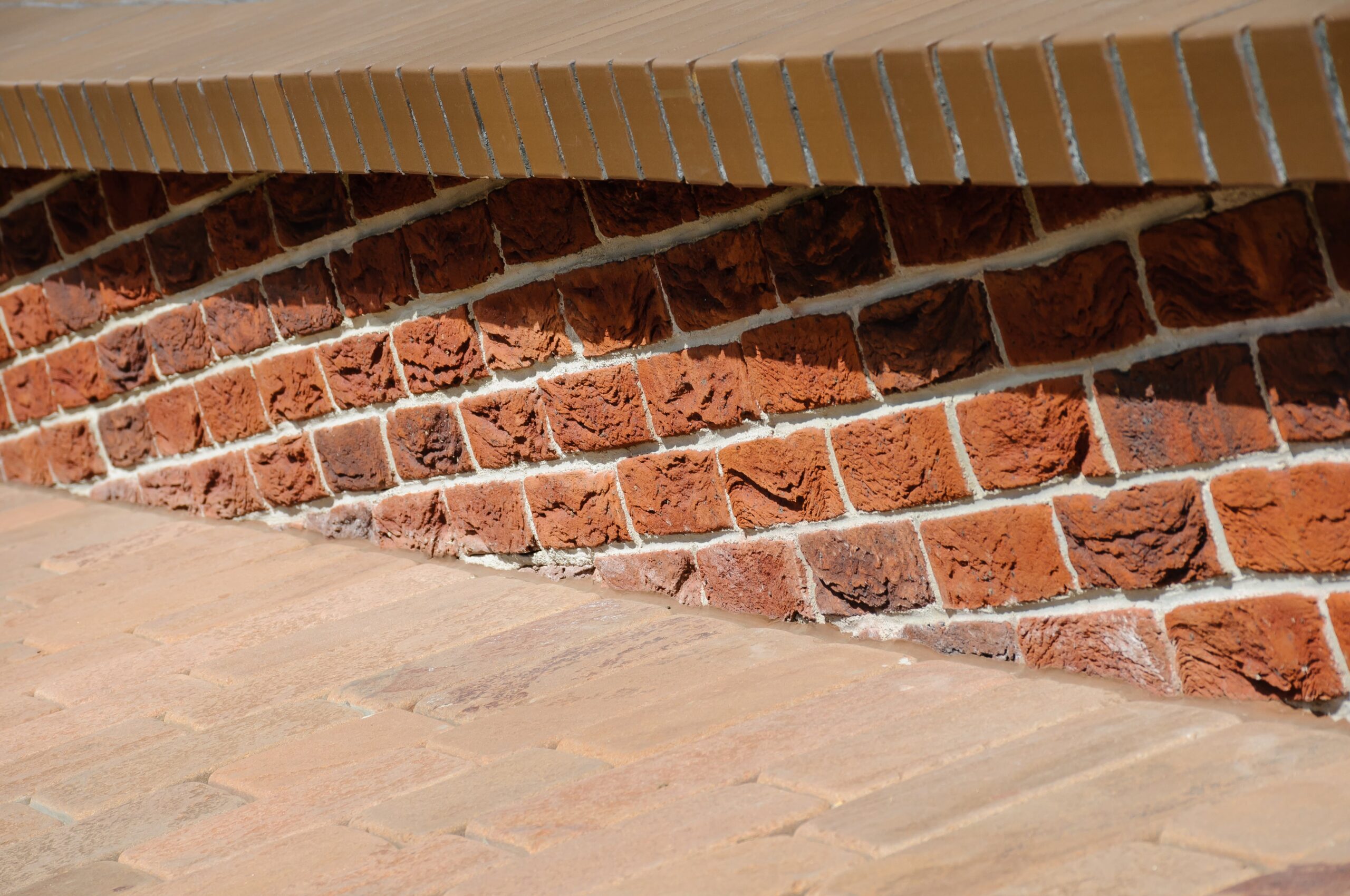Are you considering the age-old craft of tuckpointing to refresh your home’s brickwork? It’s a specialized process that can restore the beauty and integrity of your brick structures, but it comes with its set of rules. Whether you’re a DIY enthusiast or a seasoned pro, understanding the do’s and don’ts of tuckpointing can be the difference between a job well done and a costly do-over. Let’s delve into the essentials for successful tuckpointing.
Do: Assess the Scope of Work Carefully
Before you start, closely examine your walls. Tuckpointing isn’t a blanket solution for all mortar problems. If the issues are widespread or the bricks themselves are damaged, tuckpointing might just be a temporary fix. Ensure that tuckpointing is the right solution for your home.
Don’t: Skimp on Preparations
Good preparation is key to tuckpointing. Remove old mortar to a consistent depth, ensuring that the grooves are clean and even. This will provide a solid foundation for the new mortar and contribute to a uniform look.
Do: Match the Mortar
The new mortar should match the old in composition, color, and strength. A mismatch can not only look unappealing but also cause structural issues if the mortar strengths differ significantly.
Don’t: Rush the Process
Tuckpointing is meticulous work. Rushing can result in uneven lines or mortar that doesn’t bond properly, leading to premature wear. Take your time to ensure each step is done correctly.
Do: Use the Right Tools
Invest in the correct trowels and pointing tools. Using tools that are too large or too small can make the job harder and affect the finish.
Don’t: Ignore Weather Conditions The best tuckpointing weather is mild and dry. Mortar sets poorly in extreme heat or cold and can be damaged by rain if it hasn’t had time to cure.
Do: Practice Good Technique
Good tuckpointing is an art. Practice on a less visible area first to get the hang of the pressure and angle you need to apply the mortar neatly and achieve smooth, straight lines.
Don’t: Neglect Aftercare Once the mortar is in, it needs time to cure. Keep it damp by misting with water for a few days to prevent it from drying out too quickly, which can lead to cracks.
Tuckpointing can be a rewarding project that not only improves the aesthetic of your home but also its structural integrity. By following these do’s and don’ts, you’ll be on your way to a successful tuckpointing job. Remember, while it’s a fantastic skill to learn, sometimes calling in the professionals is the best choice to ensure lasting results. Whether you go DIY or professional, proper tuckpointing is an investment in your home’s future.
- The Future is Here, Protect Yourself With VPN! - May 8, 2024
- Zenmap Download & Installation Guide 2024 [Updated] - May 8, 2024
- How to download youtube shorts in gallery? 2024 Complete Guide - May 8, 2024

